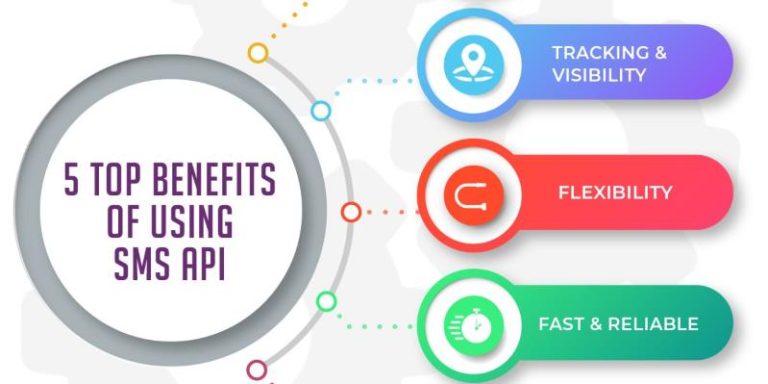The Future is Now: How Intelligent Document Processing is Revolutionizing Business Workflows
In a world where businesses are racing to stay ahead, automation isn’t a luxury—it’s a necessity. Today, we’re pulling back the curtain on Intelligent Document Processing (IDP), a technology that’s not just a game-changer but a whole new ball game.
Why Should You Care About Intelligent Document Processing?
First off, let’s address the elephant in the room. Why should busy business professionals and IT leaders care about IDP? The answer is simple. Intelligent Document Processing can save you time, reduce errors, and make your workflows smoother than a freshly brewed cup of coffee.
Imagine a world where documents don’t just sit in your inbox gathering digital dust. Instead, they zip through automated processes like a hot knife through butter, leaving you more time to focus on strategy and innovation.
The Basics of Intelligent Document Processing
If you’re envisioning robots with glasses reading documents, you’re not far off. But, IDP is much cooler than that. It combines Artificial Intelligence (AI), Machine Learning (ML), and Optical Character Recognition (OCR) to automate the processing of unstructured data.
Picture this—an invoice comes in. Instead of a human painstakingly entering data into a spreadsheet, IDP extracts, classifies, and routes the information to the right system. Magic, right?
The Components of IDP
Understanding IDP involves knowing its key components:
- Data Capture: This is where OCR comes into play, converting text from scanned documents into machine-readable data.
- Data Classification: Algorithms sort the data based on predefined categories.
- Data Extraction: The system pulls relevant information from documents.
- Data Validation: Ensuring the data extracted is accurate and meets quality standards.
- Data Integration: Sending the validated data to the appropriate destination.
These components work together like a well-oiled machine, transforming chaotic document management into a streamlined process.
Real-World Applications of IDP
Now that we know what IDP is, let’s take a look at its real-world applications. Spoiler alert—it’s everywhere.
Finance and Accounting
Imagine processing thousands of invoices manually. Sounds exhausting, right? With IDP, invoices are processed automatically, reducing human error and speeding up payment cycles.
Human Resources
From onboarding new employees to managing payroll, IDP can handle a plethora of HR tasks. Think automatic sorting of resumes, extracting key details, and even verifying qualifications.
Healthcare
In healthcare, the importance of accurate documentation can’t be overstated. IDP helps in processing patient records, insurance claims, and even lab results, ensuring that critical information is always up-to-date.
Benefits of Implementing IDP
You might be thinking, “This sounds great, but what’s in it for me?” Here are some tangible benefits:
- Efficiency: IDP speeds up document processing from hours to minutes.
- Accuracy: Reduces the risk of human error, ensuring data integrity.
- Cost Savings: Automating repetitive tasks frees up resources for more strategic activities.
- Compliance: Helps in maintaining compliance with industry regulations by ensuring accurate record-keeping.
Challenges and Considerations
All sunshine and rainbows? Not quite. Implementing IDP comes with its own set of challenges.
Initial Setup Costs
The initial investment in IDP technology can be high. However, the ROI often justifies the expenditure.
Data Security
Handling sensitive information requires robust security measures. Ensure your IDP system complies with data protection laws.
Integration
IDP solutions need to integrate seamlessly with existing systems. Compatibility issues can be a hurdle, but they’re not insurmountable.
How to Get Started with IDP
Ready to jump on the IDP bandwagon? Here’s how to get started:
- Assess Your Needs: Identify the documents and processes that will benefit most from automation.
- Choose the Right Solution: Look for an IDP solution that fits your specific requirements and integrates well with your existing systems.
- Plan Your Implementation: Develop a detailed plan covering timelines, resources, and potential challenges.
- Train Your Team: Ensure your team is well-trained on the new system to maximize its potential.
- Monitor and Optimize: Continuously monitor the system’s performance and make adjustments as needed to improve efficiency.
Case Studies of Successful IDP Implementation
While we won’t create fictional stories, it’s essential to mention that several companies have successfully implemented IDP to transform their business operations. From multinational corporations to midsize enterprises, the benefits of IDP are being realized across industries.
The Future of IDP
The future of Intelligent Document Processing is bright. With advancements in AI and ML, IDP systems will become even more sophisticated, offering greater accuracy and versatility. Businesses that adopt IDP now will be well-positioned to leverage these future advancements.
Intelligent Document Processing isn’t just a buzzword; it’s a revolutionary technology transforming how businesses operate. From finance and HR to healthcare, its applications are vast and impactful. By implementing IDP, you can enhance efficiency, reduce costs, and gain a competitive edge.
Ready to revolutionize your business workflows? Start exploring Intelligent Document Processing today, and join the ranks of forward-thinking businesses capitalizing on the future of automation.







